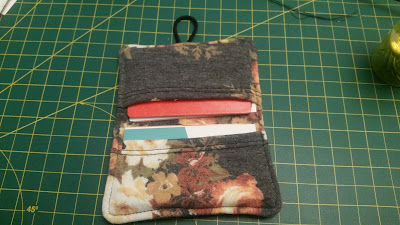Back in April, I shared a post on 10 Disposables to Toss From Your Kitchen. As I was writing it, I got to thinking about all of the different disposable products in my home. Today, I'm sharing 6 disposables you can ditch from your beauty routine.
Disposable Razors
Disposable razors are big chunks of plastic that we throw away every month or so, even though only the blade is dull. If you want a smooth shave with hardly any waste, consider a safety razor. They cost more at the outset, but will save you a lot of money over time.
If you're not ready to take that step, trade in your disposable razors for a sturdier model with replaceable blade cartridges. These produce far less waste than fully disposable models.
Facial Cleansing Wipes
Get back to basics with a facecloth and your cleanser of choice. Disposable wipes end up in the landfill, and so-called "flushable" wipes are also pretty bad for sewers, septic systems and waterways.
Ditch the makeup remover wipes by embracing the humble facecloth. Just pair it with your makeup remover of choice (in a recyclable bottle) or to reduce your waste even further, try making your own at home. Worried about mascara stains? Buy dark colours!
Some companies even make reusable makeup remover cloths out of microfiber that claim to clean with just water.
Cotton Balls and Cotton Pads
Okay, so you might want to keep some of these around in your first aid kit, but our good friend the facecloth can do pretty much everything that a cotton ball can do, from removing makeup to applying toner. A dry facecloth corner can even help you get the perfect amount of smudge in your smokey eyeshadow.
For trickier jobs like taking off nail polish, try using a soft rag with your favourite remover.
Makeup Applicators
A decent set of makeup brushes will last you for years. They're washable and reusable, and generally give you more control over your eyeshadow than those cheap foam-and-plastic wands. Once you've got your brush, make an effort to buy brands that don't include the applicators to avoid that waste.
If the thought of trading in your concealer sponge for a brush gives you heart palpitations, remember that sponges are washable too! Even if they seem like they are meant to be single-use, you can wash and reuse them many times.
Cotton Swabs
Whether you are using them for cleaning or applying makeup, all those disposable cotton swabs are adding waste to the environment. Instead, use a reusable alternative, such as an eyeshadow brush to apply your makeup while reducing waste.
Face Masks
Single-use, individually-packaged face mask sheets seem to be the latest beauty trend. Aside from being kind of creepy looking, they're super wasteful! Next time your skin needs a boost, reach for a clay or cream mask that comes in a recyclable or reusable container, or try an easy DIY home recipe.
What disposables have you ditched from your morning or before-bed routine? Share your ideas in the comments!
-Sarah (Volunteer)








